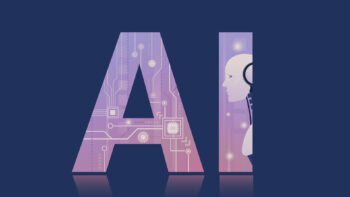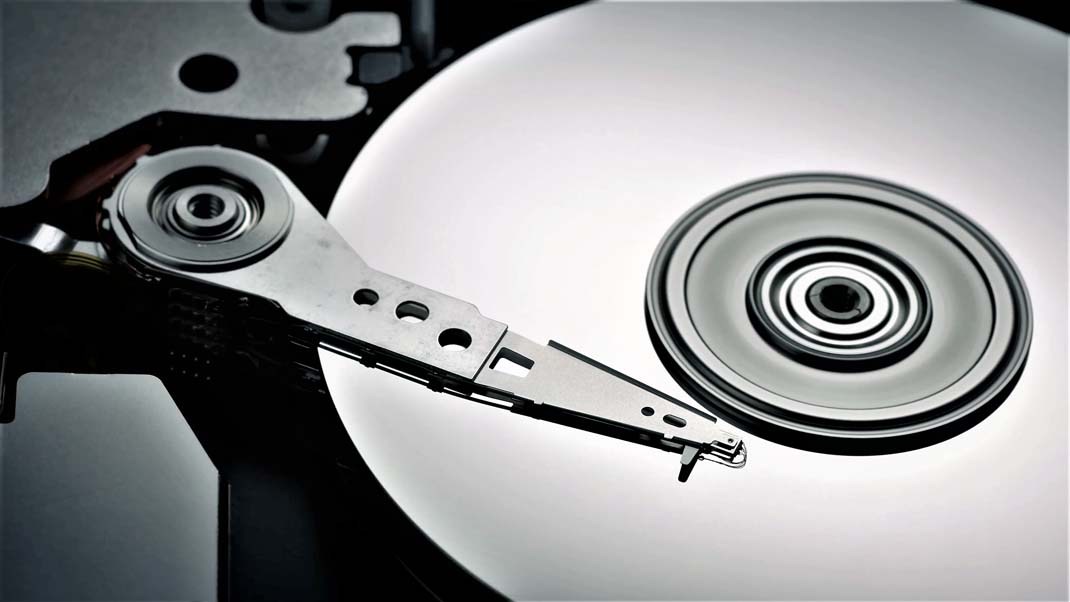In a rapidly changing technological world, the emergence of artificial intelligence(AI) and its sudden development has caused considerable confusion for representatives of various IT-related positions. Some perceive it as an opportunity and a support, while others worry about losing their jobs and sense the real threat it may bring.
Can artificial intelligence completely replace designers?
This is a question that has come up frequently in many forums recently. However, the correct approach seems to be that AI will be an indispensable assistant, allowing us to focus on creative and strategic aspects. In this article, I will discuss how AI affects the UX/UI design process, what benefits and challenges it brings, and what changes can be expected in the near future, where intuitiveness and simplicity of use are key.
With the development of artificial intelligence, the market for UX/UI design tools has been enriched by a number of innovative AI-supported solutions. These technologies not only make the design process faster and easier, but also allow for a more precise and efficient approach to creating interfaces and user experiences.
One category of tools that seems to carry a lot of value for the designer are those related to automating the process of generating prototypes and mockups. The algorithms of tools such as: FIGMA AI, Sketch AI, Uizard or Designs AI, are able to analyse user data, visual trends and best design practices to create initial versions of interfaces that can then be customised by designers. This makes the design process faster and more efficient, allowing designers to focus on the more creative aspects of their work.
After using some of the tools a few times, it is clear that they are still far from perfect. The designs created often deviate from the original intentions. However, I am convinced that in the future the process will be refined and the results of work using AI will increasingly meet the expectations and needs of users.
Another branch of AI worth looking at for design is assisting and systemising project work. Artificial intelligence can significantly influence and facilitate the project and schedule management process. Advanced algorithms can automatically analyse the progress of the work, detect difficulties and delays and immediately present changes to help meet the objectives.
AI effectively allocates tasks, taking into account the skills and availability of team members, allowing for optimal work distribution and minimising the risk of overload. Additionally, by monitoring performance in real time, AI provides valuable data that enables faster decision-making. Tools such as Trello, Asana or Monday, enhanced with AI, allow for more organised and predictable project management, saving time and increasing efficiency. In this way, artificial intelligence supports designers, enabling better planning and execution of tasks.
Another example is the use of AI to collect user data and analyse it afterwards, enabling a better understanding of behaviour and needs. Tools that enable such analysis include Hotjar, Mixpanel, Amplitude and Google Analytics 4 (GA4). Artificial intelligence allows designers to process and interpret vast amounts of data, which can then be used to more accurately determine user needs and what the interface of the systems or services being designed should look like.
Projects based on data, not just intuition
Artificial intelligence helps to identify behavioural patterns, predict future user actions and automatically segment users based on their interaction with the product. For example, Google Analytics 4 uses predictive models to determine the probability of conversion, while Hotjar allows you to analyse recordings of user sessions and heatmaps, pinpointing areas that need to be optimised. As a result, UX/UI designers can respond more quickly to customer needs and make more accurate business decisions based on data rather than just intuition.
In an era of increasing importance of accessibility and inclusivity, artificial intelligence tools cannot be forgotten to support the design of user-friendly and accessible solutions for all users.
Accessibility – which is one of the most important aspects of modern design – means creating digital products that are accessible to all users, regardless of their technological, cognitive or physical limitations. In this area, artificial intelligence has really great potential. It allows the automatic generation of subtitles for audiovisual material (e.g. Whisper from OpenAI) and, during design, makes it possible to analyse parts of the interface for users with disabilities.
Look at the project from the perspective of a person with a disability
Artificial intelligence is able to bring the designer closer to how people with specific dysfunctions can use the solution being created. This makes digital solutions more inclusive and better suited to a wide audience. The Stark plug-in, developed for the Figma design tool, offers a range of features to simulate how people with different visual problems might perceive a design.
In summary, AI-supported automation is becoming an increasingly important part of the UX/UI design process. AI-based tools and technologies offer designers a range of opportunities that can significantly speed up and streamline their work, while maintaining high quality and customisation for users. In the future, we can expect AI to play an increasingly important role in UX/UI design, supporting designers and making their work easier. However, it will not completely replace human input in design, but rather become an invaluable support, enabling better and more advanced solutions to be created in far less time. Collaboration between humans and AI will be crucial for further development and innovation in UX/UI design.

About the author: Karol Danis – Information Processing Centre – National Research Institute.
Junior UX Designer with a passion for learning by doing. Believes that simplicity and intuitiveness are the foundation of any design. In her work she seeks a balance between aesthetics and functionality. She values empathy and enjoys working close to users and the team.












